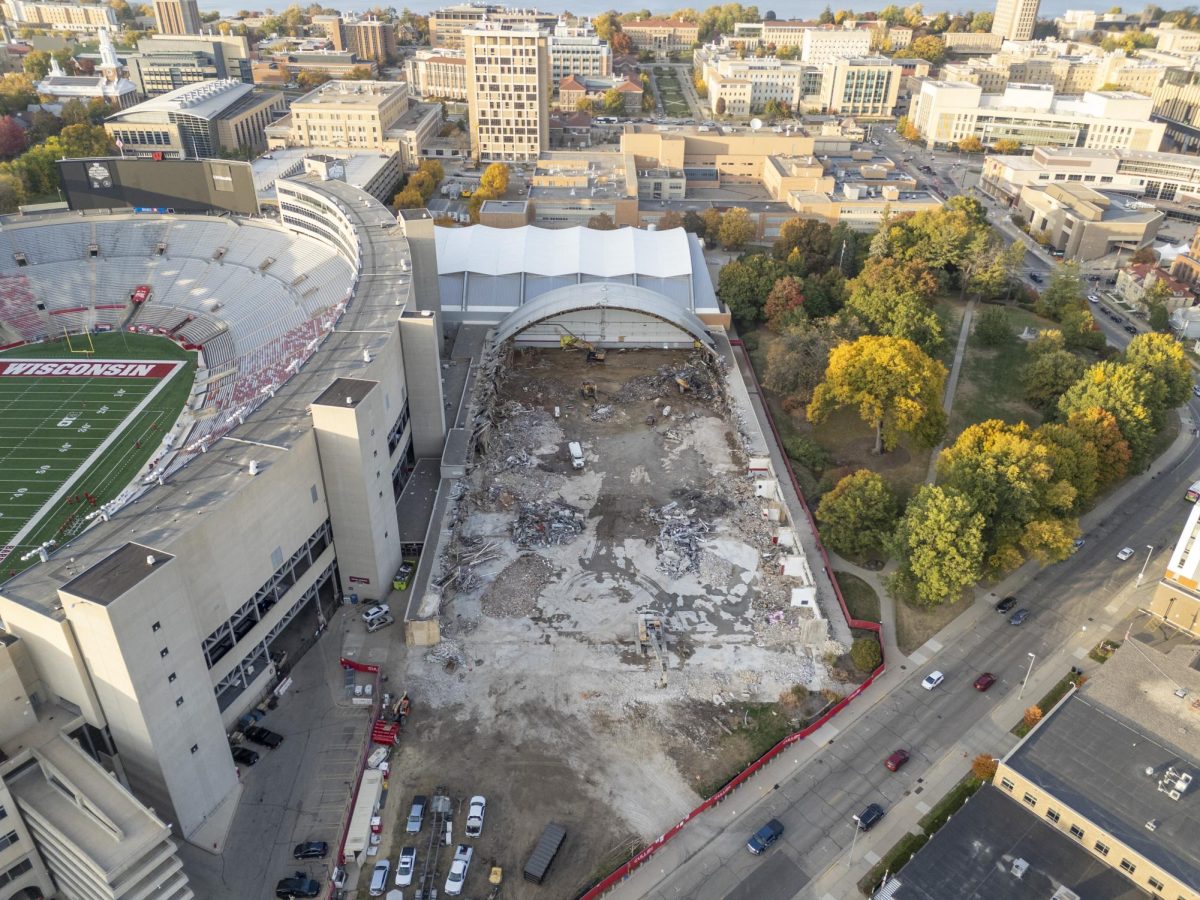
More than 200 people attended a public forum Thursday night to ask questions and learn more details from the developers of the proposed Edgewater Hotel redevelopment.
Ald. Bridget Maniaci, District 2, said these meetings are important because the city hears from a broad range of people and gets unfiltered feedback on the project. The audience was not afraid to display its stances by applauding several times after strong comments were made either for or against a specific aspect.
While some people inquired about smaller details, such as parking and zoning requirements, others asked about broader concepts like waterfront access, economic impact and public space.
Maniaci said this project is an important and telling weathervane of where Madison is headed as a city.
“This particular site is one of the most important urban sites left,” John Martin, former chair of the Zoning Board of Appeals said. “It’s the last opportunity we have to fulfill John Nolen’s vision of connecting our city to our lakes.”
Hammes Company President and developer Bob Dunn said there is an opportunity to create something that would define Madison and build on the character unique to the city. He added the hotel would create a public space with amenities that would draw people to the waterfront.
Martin said he regrets the design as it appears to be primarily a hotel plaza with a public space instead of the other way around.
“A lot of other cities are preserving and taking back waterfront areas that are private and turning them into public spaces,” Martin said. “Society recognizes that this is a beneficial thing for a city to do.”
While some were concerned with the design of the hotel, others were wary about how the developers were seeking approval.
Currently, the developers are requesting a Planned Unit Development that will allow them to write the zoning rules specifically for the site. The City Council would have to approve the PUD before development began.
Gene Devitt, president of the Mansion Hill Neighborhood Association, said all the developers have to do is stay within the current building codes of the surrounding area.
“[If] everybody has to go 25 miles per hour, why does this developer get to go 75?” Devitt said.
Dunn also commented on a question concerning the 1965 ordinance, which approved the public area and lakeshore access design of the 1970s addition to the hotel.
“What was built is a lousy public space, none of us go there,” Dunn said. “We have an opportunity here to create what will be one of the most significant public spaces in this city and an opportunity to capture a view back to the water that we lost in the 70s.”
His answer was met with applause.
Dunn said according to the development plan, the amount of public space is almost an acre. A member of the audience argued the area of usable public space is only a small fraction of the acre, adding, “And the rest is gardens.”







